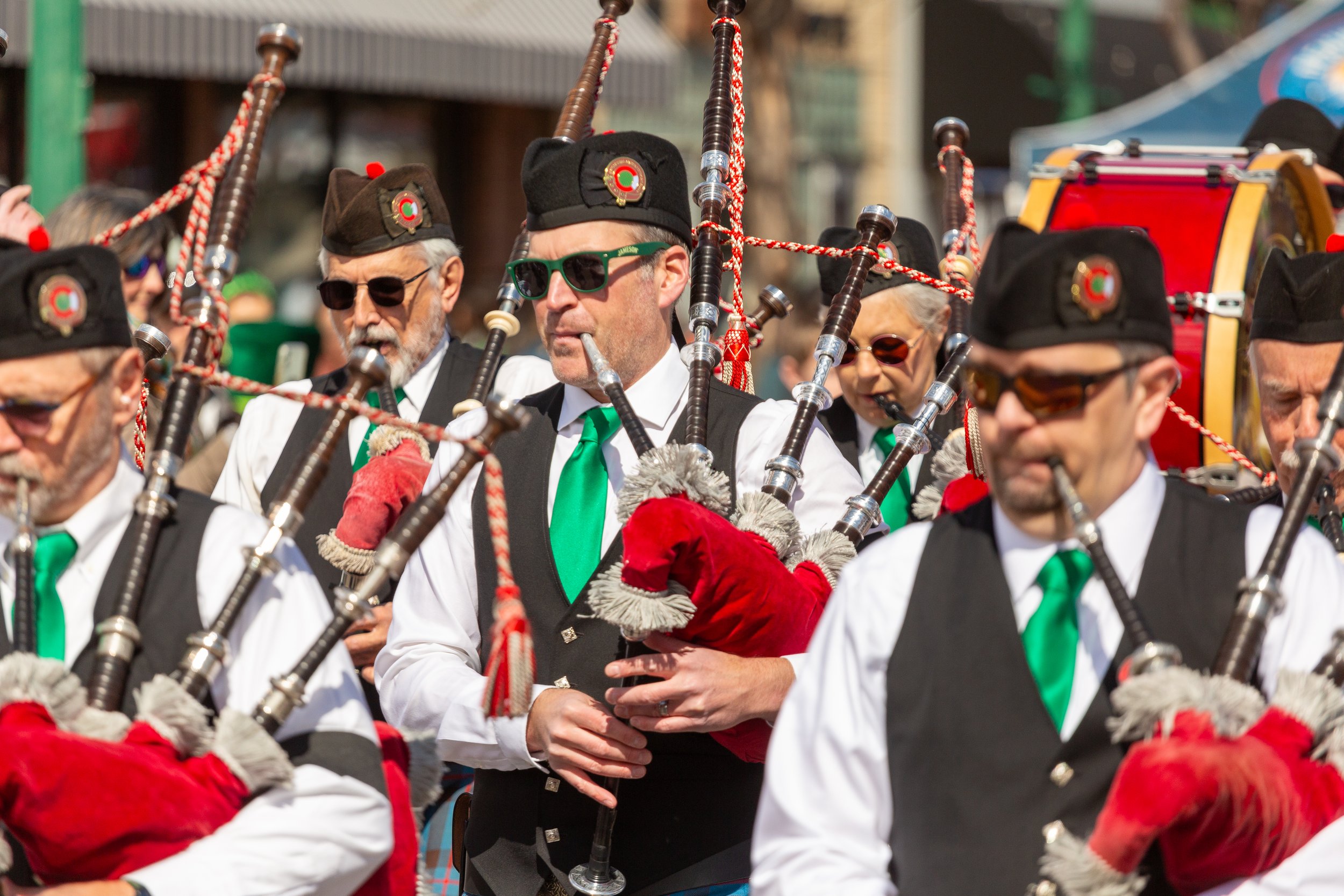
This old, barbaric music has magic in it . . .
Centennial State Pipes and Drums is a Scottish bagpipe band located in Denver, Colorado. We are dedicated to bringing the Celtic arts to our community. You may hear us at various locations across the Front Range all year. We play every year at the Bolder Boulder, a weekend at the Colorado Renaissance Festival, and we open every session of the Great American Beer Festival to name a few.
Teaching is a major part of what we do. If you have any interest in the bagpipes or drums, see our Join Us section.

